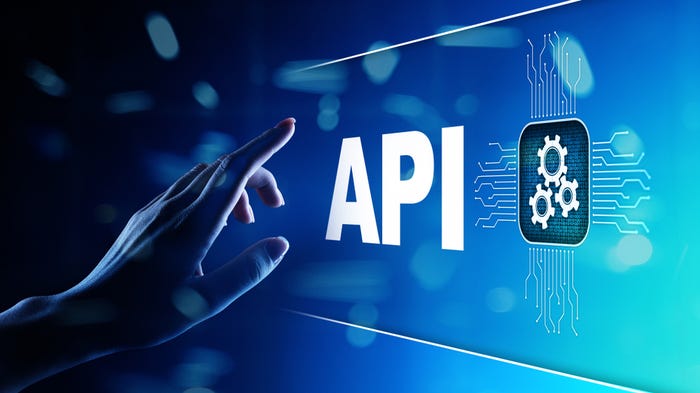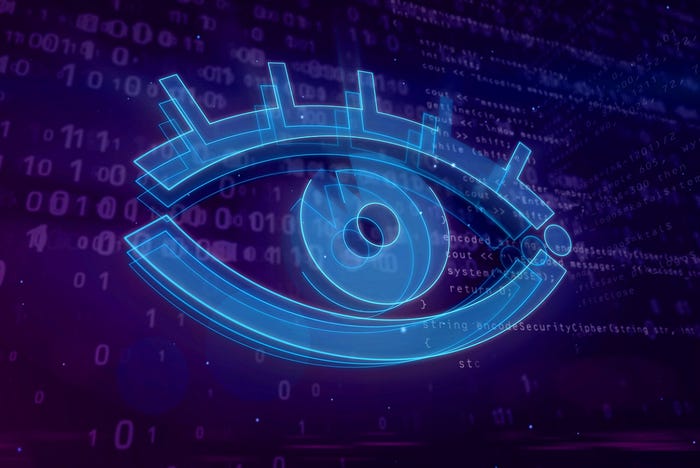5 Myths: Why We Are <i>All</I> Data Security Risks
I am absolutely sure that I could be tricked by a well-crafted spear phishing attack, and I am equally sure I could do the same to you.

With new breaches announced almost daily, it’s pretty clear that we are making little progress against attacks. And, the reason for this is twofold. First, hackers are growing in sophistication, which leads to far more complex and creative approaches. Second, there is far too much misinformation leading to a false sense of security. The myths below serve as prime examples.
Myth #1: I am not a target. Most people feel that they are not valuable enough to target, but the simple truth is that everyone is a target -- if only for their computer or email to send spam. Actually, if you have access to personal or corporate bank or investment accounts, company secrets (R&D, M&A, etc.), strategies, or customer data, you are a prime target. Today’s attackers will customize their approach specifically to you using handcrafted phishing emails. Once a hacker gets through, the exploits will target your known hardware and software configurations.
Myth #2: I am smart enough to spot phishing attacks. Almost everyone can spot the Nigerian prince scams, and most people know how to spot the standard banking scams. Security-aware people also know to check the URL of links, and not to click links from unknown senders.
Considering the sophistication level of today’s hacker, that’s all child's play. In fact, well-crafted spear phishing attacks are effective against everyone. This is true in part because the attack will appear to be from someone you know. It will reference you and your activities specifically. It will be relevant to things you are doing and have interest in. It will have good grammar and spelling. It will look like all the other legitimate emails you get every day from people you know. I am absolutely sure that I could be tricked by a well-crafted spear phishing attack, and I am equally sure I could do the same to you.
Myth #3: I delete my cookies, so I can't be tracked, identified, or targeted. Cookies are only one piece of the pie and since they are built into all browsers they are the easiest. However, attackers use many different methods to track users. For instance, your IP address identifies your individual computer, or your local network if you are behind a NAT firewall. IP addresses for devices on office or home networks rarely change and are easy to associate with users. IP addresses also provide information about your location and your network. VPNs can help here.
In addition, super cookies provide the same basic functionality as cookies, but in a way that stays around even when users try to delete all cookies and trackers. They embed information in places the browser does not think about, but which the website can retrieve later to identify you.
Furthermore, your computer and browser also have a practically unique fingerprint. Although others may have similar characteristics (e.g. utilizing Windows 8, Chrome 36.0.1985.125, the AmazonMP3DownloaderPlugin, or a 2560x1440x24 screen resolution), very few are identical. That information is visible to any website that wants to look, and serves as a powerful identifier that’s quite difficult to change, and hugely cumbersome to change frequently.
Myth #4: If I avoid the Internet back alleys I am safe. Danger or the potential for danger exists regardless of where you point your browser. The likelihood of opening yourself up for attack does not just reside in shady areas. In fact recent reports show the opposite may actually be true. Simply put, attackers are intently focused in finding vulnerabilities and seizing opportunities. For instance, heavily used shopping sites and search engines are 20 times more likely to deliver malware than counterfeit software sites, and 182 times more likely than porn sites.
Myth #5: My firewall and anti-virus software will protect me. This myth is at the heart of the all-too-common false sense of security that gets people into trouble. Relying on these tools alone is like sticking your head in the sand and saying no one can see you. They may be a part of the equation, but their use does not equal complete protection. After all, firewalls will allow your browser to make any request it wants. What makes that scary? Even the best anti-malware scanners only detect 45 percent of attacks.
The key to successfully overcoming many of the myths prevalent today is to avoid falling into a state of complacency. There is a dire need to find and embrace new security models that protect us when we are targets, when we fail to spot the phishing attack, get tracked, visit compromised sites (back alley or not), or get hit with zero day vulnerabilities.
About the Author(s)
You May Also Like
Key Findings from the State of AppSec Report 2024
May 7, 2024Is AI Identifying Threats to Your Network?
May 14, 2024Where and Why Threat Intelligence Makes Sense for Your Enterprise Security Strategy
May 15, 2024Safeguarding Political Campaigns: Defending Against Mass Phishing Attacks
May 16, 2024Why Effective Asset Management is Critical to Enterprise Cybersecurity
May 21, 2024
Black Hat USA - August 3-8 - Learn More
August 3, 2024Cybersecurity's Hottest New Technologies: What You Need To Know
March 21, 2024




